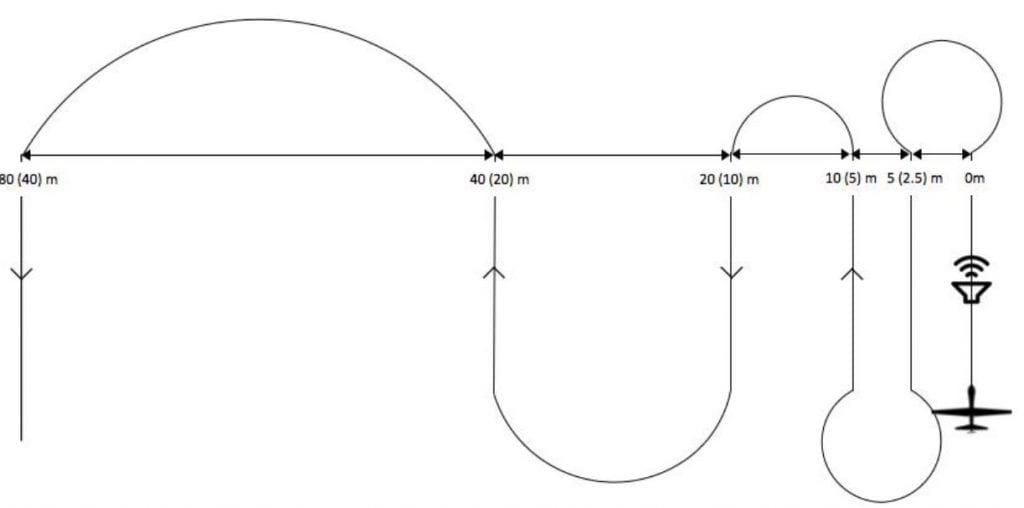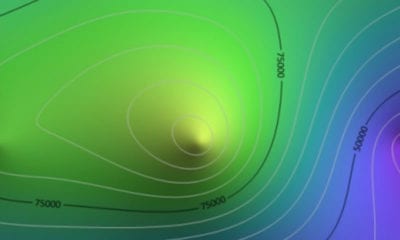
News
Using Drones in Bioacoustic Monitoring of Birds and Bats
Using Drones in Bioacoustic Monitoring of Birds and Bats
According to a new paper submitted by a researcher named Stephane Broset at the University of Liege, Belgium – drones can have a solid framework as monitoring devices of birds and bats. Tested under controlled conditions in Belgium, the author of this paper has full plans on how biodiversity can help technology – and work in line with it.
Using UAVs to Tackle the Loss of Species
Living in an era that is characterized by a massive biodiversity loss as a result of human activities, the author wants to tackle the current (and high) species extinction rate by monitoring bats and birds – both of which are species that have substantial ecological contributions (pest control, seed dispersal etc).
Since most of the conventional methodologies to estimate abundance or to determine species richness are based on acoustics, the author proposes a model in which a monitoring program could be set up and deployed through the use of unmanned aerial vehicles – also known as UAVs or drones.
The author also points that the constant evolution of technology requires new approaches to be developed – which is why he chose to use drones as the units carrying out the fauna censuses. On top of this, wildlife UAV-based surveys are not new to the world – and have been tested specifically on birds with some encouraging results before.
For several years, UAVs have contributed to the enhancement of the database through imagery. However, the author believes that only a few studies so far provide actual information on the effectiveness of UAVs for bioacoustic monitoring. For that reason, the master thesis of Broset aims to evaluate the full potential of UAVs when used in the field of bioacoustic monitoring.
Developing a Framework Through Sounds
Believe it or not, the author of this paper actually used sound as the main clue for the development of this system. The songs of 9 bird species and calls of 5 bat species with the right frequency and intensity were played through a loudspeaker that was placed at different distances from the drone.
After being repeated at several altitudes, the experiment showed that the effective detection radius (EDR) is lower for UAV-based recordings than ground-based recordings. The bats detectability is sensitive to altitude making the overall EDR twice smaller for a microphone flying at 5m than for ground recordings.

First fixed-wing drone tested

Second fixed-wing drone tested and equipped with the ZOOM H1 Handy Recorder
Using Quadcopter Drones for Bioacoustic Surveys
The results lead to the conclusion that the UAV-based bioacoustic monitoring actually underestimates reality and cannot substitute the standard monitoring methods in the study area. However, the method can be used as complementary to traditional surveys to avian surveys, where it is difficult to obtain data on the diversity or presence of target species.

Experimental arrangement for fixed-wing flights under control conditions. The fixedwing flew at several distances from the speaker. Distances in brackets corresponds to the bat experimentation and the other to the bird experimentation. UAV flight altitudes were 20, 40 & 60m for birds and 10 & 20m for bats. Recordings were also made at ground level as blank samples (altitude 0, without UAV). Bird and bat transect-line lengths were respectively of 420 and 70 m.
On top of this, the author also pointed out that he did not use quadcopter drones to test the results – and fixed-wing drones are too noisy for carrying out research like this. A device with a quieter motor and a propeller as well as a microphone could be ideal for testing.

Spectrograms of quadcopter audible noises at several vertical distances, recorded by the ZOOM H1 Handy Recorder. The recorder was mounted on a one-metre tripod with the microphone oriented downward and the drone ascended over it metre by metre. Software used: Raven Lite 2.0.

Synthetic graph of the emission (echolocation) ranges in terms of frequency of the selected bat species compared with the sounds emitted by the different UAV components. The intensity of the red colour is proportional to the amplitude of the noise.
In order to reinforce his conclusions, the author said that extensive testing in less accessible areas such as tropical canopies should be considered. Further research and practical implementations are also possible for both taxa in study areas, in line with the development of the ESC acoustic insulation system, which would allow more bat species to be detected.
Citation: Assessment of UAV potential for bioacoustic monitoring of birds and bats: Tests under controlled conditions in Belgium, Broset, Stéphane, http://hdl.handle.net/2268.2/5155
























